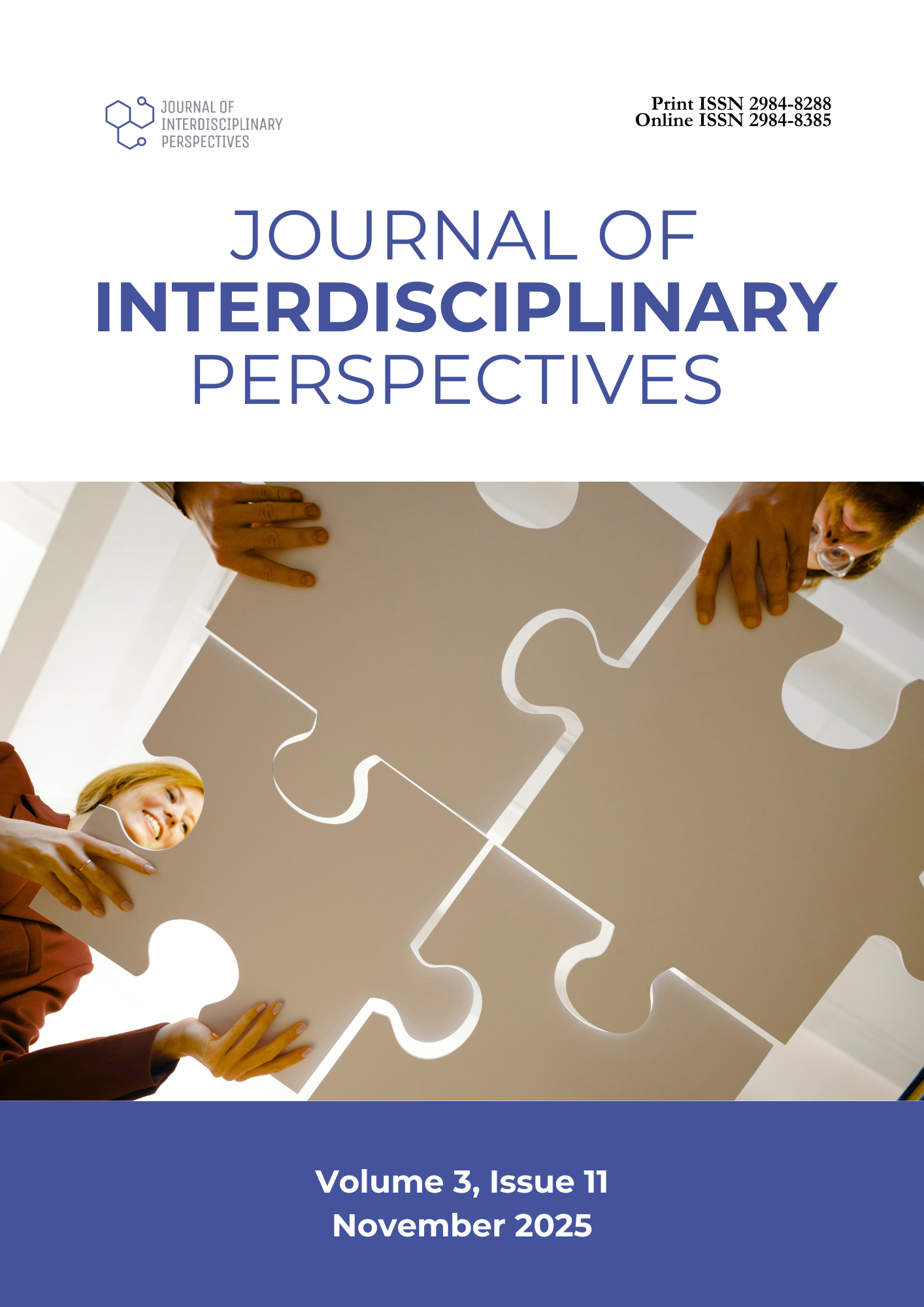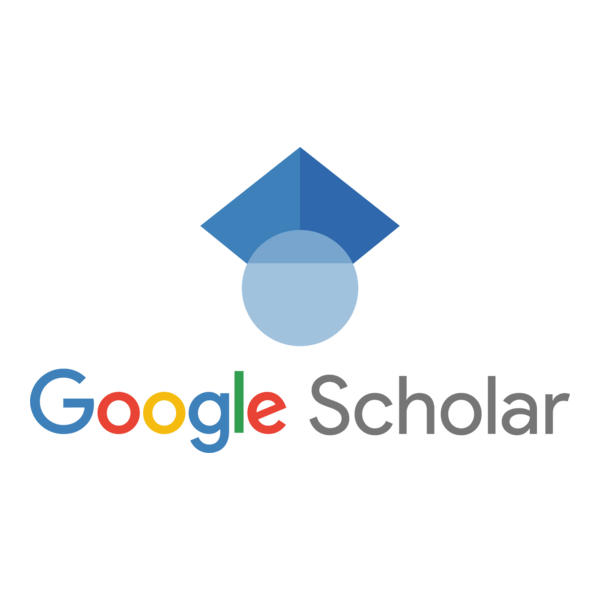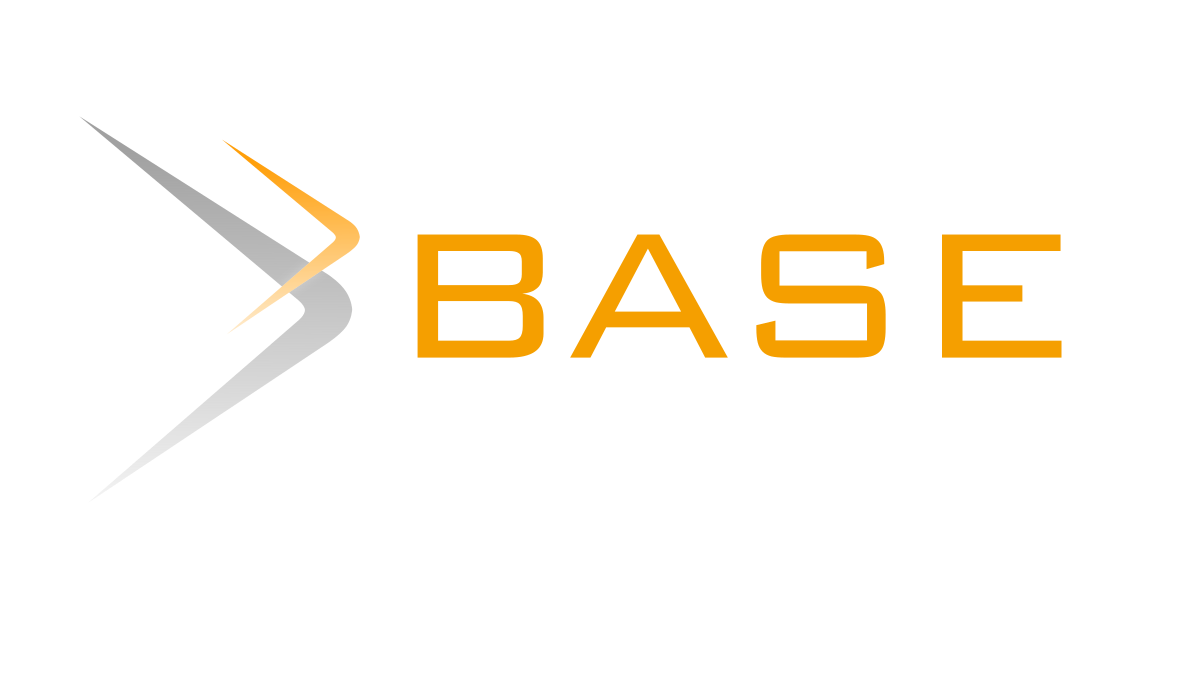Improving Grade 12 Students’ Conceptual Understanding of Oscillations and Waves Via Peer-Led Team Learning Strategies
DOI:
https://doi.org/10.69569/jip.2025.410Keywords:
Peer-led team learning, Conceptual understanding, Collaborative, Student-centered, Peer leadersAbstract
Prior research by Mitchell et al. and Wilson & Varma-Nelson consistently highlights collaborative teaching, specifically Peer-Led Team Learning, as a highly effective pedagogical strategy in various STEM disciplines. Despite its proven benefits, senior high school learners, particularly Grade 12 learners in the Philippines, frequently struggle with abstract physics concepts, as evidenced by low scores on international assessments such as PISA. This study addresses the gap in understanding how PLTL can enhance the conceptual understanding of Grade 12 STEM students in General Physics 1 within the educational context, particularly in topics related to Oscillations and Waves. The novelty lies in providing evidence of PLTL's effectiveness for this student demographic, aiming to improve scientific literacy in alignment with curriculum goals. Employing a quasi-experimental pretest-posttest two-group design, this study involved 90 Grade 12 STEM students (N=45 per group) from Bacnotan National High School in La Union, Philippines, during the 2024-2025 academic year. Conceptual understanding was measured using a researcher-made "Conceptual Understanding Test in General Physics I" focusing on Oscillations and Waves, administered both a pretest and a posttest. The experimental group received PLTL intervention, while the control group received conventional instruction. Results showed a significant improvement in conceptual understanding for the experimental group. The PLTL group's mean score was 14.74, significantly higher than the control group's mean gain of 9.62. Posttest mean scores demonstrated this improvement: the control group averaged 15.59 (SD=3.95), while the experimental group achieved 22.04 (SD=1.71), elevating their proficiency to "Moving Towards Mastery". Paired-samples t-tests confirmed significant differences between pre- and post-test scores for both groups (experimental: t=31.09, p<.001; control: t=11.59, p<.001), indicating PLTL's impact on conceptual understanding relative to traditional methods. The study confirms PLTL as an effective strategy for enhancing conceptual understanding in General Physics 1, fostering a more engaging learning environment in the Philippine setting.
Downloads
References
Bouchée, T., de Putter - Smits, L., Thurlings, M., & Pepin, B. (2021). Towards a better understanding of conceptual difficulties in introductory quantum physics courses. Studies in Science Education, 58(2), 183–202. https://doi.org/10.1080/03057267.2021.1963579
Department of Education (2016). Science Curriculum Guide. Pasig City: DepEd.
Erinosho, S. Y. (2013). How do students perceive the difficulty of Physics in secondary school? An exploratory study in Nigeria. International Journal for Cross-Disciplinary Subjects in Education (IJCDSE), 3, 1510-1515. https://doi.org/10.20533/ijcdse.2042.6364.2013.0212
Harwanto, U. N. (2019). What makes introductory Physics difficult?. Jurnal Saintika Unpam: Jurnal Sains Dan Matematika Unpam, 2(1), 28–37. https://doi.org/10.32493/jsmu.v2i1.2916
Hockings, S. C., Deangelis, K. J., & Frey, R. F. (2008). Peer-led team learning in general chemistry: implementation and evaluation. Journal of Chemical Education, 85(7), 990. https://doi.org/10.1021/ed085p990
Lamina, O. (2020). Peer-led team learning (Pltl), student achievement and engagement in learning chemistry. SSRN Electronic Journal. https://doi.org/10.2139/ssrn.3573527
Ogunleye, A. O. (2009). Teachers and students perceptions of students problem-solving difficulties in Physics: Implications for remediation. Journal of College Teaching & Learning (TLC), 6(7). https://doi.org/10.19030/tlc.v6i7.1129
Owen, S., Dickson, D., Stanisstreet, M., & Boyes, E. (2008). Teaching physics: Students’ attitudes towards different learning activities. Research in Science & Technological Education, 26(2), 113–128. https://doi.org/10.1080/02635140802036734
Mitchell, Y. D., Ippolito, J., & Lewis, S. E. (2012). Evaluating peer-led team learning across the two semester general chemistry sequence. Chemistry Education Research and Practice, 13(3), 378-383. https://doi.org/10.1039/C2RP20028G
Brush, S. S. (2024). Investigating student performance, course completion, and student perceptions in the blended-flipped teaching (BFT) model with collaborative teaching teams (Ctt) in large-sized college chemistry classrooms. Journal of Chemical Education, 101(11), 4541–4551. https://doi.org/10.1021/acs.jchemed.3c01026
Wilson, S. B. & Varma-Nelson, P. (2016). Small groups, significant impact: A review of peer-led team learning research with implications for STEM education researchers and faculty. Journal of Chemical Education, 93(10), 1686-1702. https://doi.org/10.1021/acs.jchemed.5b00862
Downloads
Published
How to Cite
Issue
Section
License
Copyright (c) 2025 Journal of Interdisciplinary Perspectives

This work is licensed under a Creative Commons Attribution-NonCommercial 4.0 International License.








